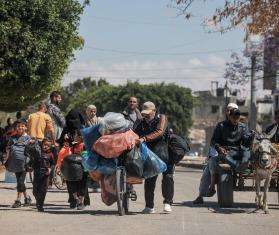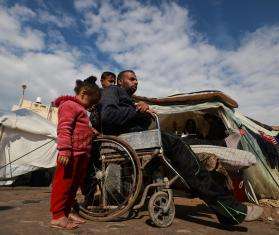Needs for treatment remain; MSF continues assistance
A combination of several factors, including a dramatic rise in food prices and droughts, have resulted in the spread of malnutrition across some regions of Ethiopia this year. In mid-May, Doctors Without Borders/Médecins Sans Frontières (MSF) started emergency nutritional activities in the Oromiya and Southern Nations and Nationalities People’s (SNNP) regions of southern Ethiopia.
Initially, MSF was treating only severely malnourished patients, mostly children. Since mid-July, however, MSF has been running feeding programs for moderately malnourished children and their families. Over the past four months, MSF has cared for about 28,000 severely malnourished patients and 21,000 moderately malnourished patients across the different locations. Also in July, MSF made a targeted food distribution for 12,500 people at risk of malnutrition.
At present, the situation seems to be stabilizing in some of these areas and admissions of severe cases into the MSF centers are decreasing. However, it is not possible to identify a general trend across the country, as the crisis is highly localized in some areas, there are different agro-climatic zones, and the timeframe for rains varies. Pockets of malnutrition are found in other areas and regions, such as Afar and Somali region, and MSF medical teams are ready to respond to further outbreaks of malnutrition.
The maize harvest season is due to start soon in the south, but food distributions remain necessary. Even in places where the rate of admissions to MSF feeding programs is slowly declining, the population continues to need food support, at least for the coming weeks. In SNNP regions, crowds still gather at the entrance of MSF nutrition centers to try to get something to eat. Despite the several distributions of food implemented by the Ethiopian government and World Food Program, the needs are still high in some places.



